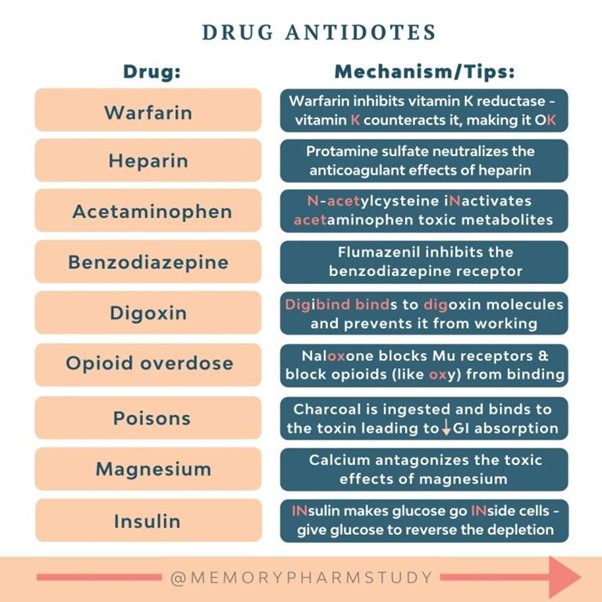A nurse is providing teaching for a client who has a new prescription for promethazine tablets. Which of the following client statements indicates an understanding of the teaching?
"This medication can cause diarrhea
"The medication can cause increased salivation
"This medication can cause pupil constriction"
"The medication can cause drowsiness
The Correct Answer is D
The client statement that indicates an understanding of the teaching is: "The medication can cause drowsiness."
Promethazine is an antihistamine medication commonly used to treat various conditions, such as allergies, motion sickness, and nausea. One of the most common side effects of promethazine is drowsiness or sedation. It has a significant sedative effect, and it is often used to induce sleep or manage insomnia in some cases.
Let's go through the other options:
A. "This medication can cause diarrhea": Diarrhea is not a common side effect of promethazine. While promethazine can cause certain gastrointestinal side effects like constipation or upset stomach, diarrhea is not typically associated with its use.
B. "The medication can cause increased salivation": Increased salivation is not a common side effect of promethazine. While some antihistamines can cause dry mouth, which is the opposite of increased salivation, promethazine does not usually cause excessive salivation.
C. "This medication can cause pupil constriction": Pupil constriction (miosis) is a potential side effect of some medications, but it is not commonly associated with promethazine. Promethazine is more likely to cause pupil dilation (mydriasis) rather than constriction.
Nursing Test Bank
Naxlex Comprehensive Predictor Exams
Related Questions
Correct Answer is C
Explanation
Flumazenil is the antidote for diazepam, which is a benzodiazepine. Flumazenil is a selective antagonist that can reverse the sedative effects of benzodiazepines and is commonly used in cases of benzodiazepine overdose or to reverse sedation after procedures.
Naloxone (A) is the antidote for opioid overdose and would not be appropriate for reversing the effects of diazepam.
Atropine (B) is an anticholinergic medication used to increase heart rate and is not specific to the reversal of diazepam sedation.
Neostigmine (D) is a cholinesterase inhibitor used to reverse the effects of non-depolarizing neuromuscular blocking agents and is not indicated for reversing the effects of diazepam.

Correct Answer is D
Explanation
The nurse should report a creatinine level of 2 mg/dl to the provider as a potential adverse effect of captopril. Captopril is an angiotensin-converting enzyme (ACE) inhibitor commonly used to treat congestive heart failure and hypertension. One of the side effects of ACE inhibitors, including captopril, is the potential to cause kidney problems, leading to an increase in serum creatinine levels.
An increase in serum creatinine may indicate impaired kidney function, and it is essential to monitor kidney function regularly in clients taking ACE inhibitors. Elevated creatinine levels can suggest reduced glomerular filtration rate (GFR) and impaired kidney function, which may require adjustments in medication dosage or further evaluation and management.
Let's go through the other options:
A. Absolute neutrophil count (ANC) 4.000/ mm^3: An absolute neutrophil count of 4.000/ mm^3 is within the normal range, so it is not an adverse effect of captopril that requires immediate reporting.
B. Brain natriuretic peptide (BNP) 90 ng/L: A brain natriuretic peptide (BNP) level of 90 ng/L is used to assess heart failure severity. While BNP levels can be helpful in managing congestive heart failure, a BNP level of 90 ng/L is not an adverse effect of captopril that requires immediate reporting.
C. Sodium 140 mEq/l: A sodium level of 140 mEq/L is within the normal range, so it is not an adverse effect of captopril that requires immediate reporting.
Whether you are a student looking to ace your exams or a practicing nurse seeking to enhance your expertise , our nursing education contents will empower you with the confidence and competence to make a difference in the lives of patients and become a respected leader in the healthcare field.
Visit Naxlex, invest in your future and unlock endless possibilities with our unparalleled nursing education contents today
Report Wrong Answer on the Current Question
Do you disagree with the answer? If yes, what is your expected answer? Explain.
Kindly be descriptive with the issue you are facing.
